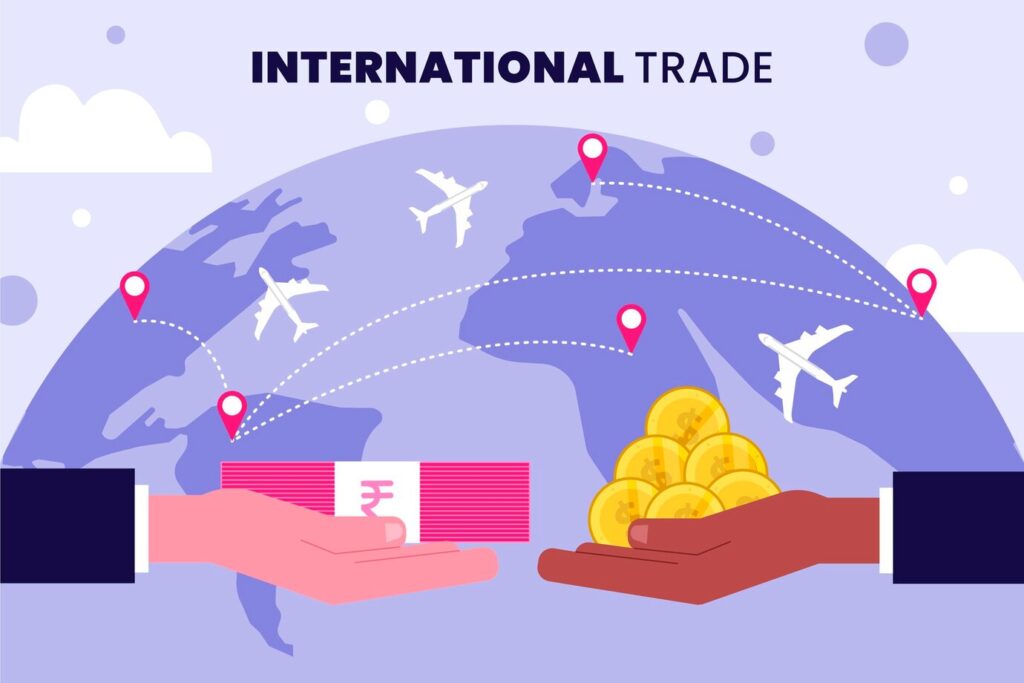
This is the third in a series of 10 articles on cross border transactions and remittances. These articles will explore the rules and regulations that monitor these transactions, the requirements Malaysian individuals or companies must fulfill when undertaking such payments via banks. They will also look into how sufficient the existing systems are in ensuring transparency in cross border remittances and the role banks and financial institutions play in the traceabillity of the funds, and their obligations to their clients in the event of returned remittances.
Today’s article explores the landscape of money remittance services in Malaysia, covering both non-bank money services businesses (MSBs) and banks. It highlights how ringgit (MYR) remittances within the country are straightforward and more efficient, while foreign currency remittances across borders introduce more complexity due to regulatory and compliance demands. The article also emphasizes Malaysia’s efforts to strengthen its regulatory framework to ensure that all remittance activities are conducted transparently, legally, and in line with international best practices.
Q1: How does the standard operating procedure (SOP) for ringgit remittances fare versus foreign-currency remittances?
Domestic ringgit remittances within Malaysia operate under a highly efficient and centralized system overseen by Bank Negara Malaysia. Using mechanisms like RENTAS (Real Time Electronic Transfer of Funds and Securities System) and the Interbank GIRO system, domestic transactions are generally fast, predictable, and governed by clear and straightforward regulatory requirements. These systems are designed to serve both individual and corporate users, ensuring smooth fund transfers, minimal delays, and robust anti-fraud controls within Malaysia’s borders.
In contrast, foreign-currency remittances involve a significantly more layered and demanding compliance landscape. Cross-border transactions must navigate not only Malaysia’s regulatory framework but also the regulations of the destination country, as well as international standards such as those set by the Financial Action Task Force (FATF).
Banks are required to conduct extensive anti-money laundering (AML) and countering the financing of terrorism (CFT) checks, including sanctions screening and documentation verification. These procedures become even more complicated when correspondent banks or intermediary institutions are involved, as each layer introduces additional regulatory, operational, and sometimes legal requirements. This complexity is particularly visible in industries like shipping and international trade, where delays in foreign-currency remittances can disrupt supply chains, delay cargo release, and strain critical commercial relationships.
Q2: What are the possible causes for delays or rejections in remittance transactions?
Delays or rejections in remittance transactions can arise from several intertwined causes. A frequent issue is incomplete or inconsistent transaction details, such as mismatched beneficiary names, incorrect account numbers, or missing SWIFT and BIC codes, which can result in the payment being flagged or returned. Additionally, when the entity making the payment is not the same as the contracting party — a common occurrence in international commercial transactions — banks may subject the transfer to heightened scrutiny, requiring third-party authorisations or Letters of Undertaking (LOUs) to proceed.
Another major cause is the absence of required documentation, whether due to delayed submission of shipping documents, invoices, or beneficiary declarations, all of which are critical in justifying the legitimacy of cross-border transactions.
Furthermore, banks’ internal compliance protocols often impose stricter standards than minimum regulatory requirements, particularly when handling transactions in high-risk jurisdictions or involving politically exposed persons. This means even seemingly compliant transactions can be held up or rejected due to the bank’s own risk appetite or recent regulatory advisories. Correspondent banks also play a critical role, as delays or rejections can occur at the intermediary level, particularly when processing payments in major currencies like US dollars or euros, where additional AML and sanctions checks are frequently applied.
Q3: What would it take to achieve a more harmonized compliance framework?
Creating a harmonized compliance framework for remittance transactions, one that reduces unnecessary friction while preserving robust safeguards, would require concerted efforts across technological, procedural, and regulatory domains. One critical step would be the broader adoption of global data and messaging standards, such as ISO 20022, which allow richer, structured transaction data to flow seamlessly across domestic and international payment systems. This shift would help reduce errors, improve screening efficiency, and accelerate straight-through processing.
Equally important would be the alignment of know-your-customer (KYC) and customer due diligence practices across banks and money service providers, ideally supported by shared KYC utilities or standardized risk frameworks. Such an approach would minimize duplicative checks, enhance consistency, and provide clearer expectations for all parties involved, particularly when third-party remitters are used. On an operational level, the introduction of sector-wide service-level agreements (SLAs) could help set common benchmarks for processing times, document verification, and client communication, addressing one of the key pain points experienced by industries reliant on timely cross-border payments, such as shipping, construction, and manufacturing.
Malaysia’s regulatory authorities have already taken meaningful steps in this direction, strengthening the Money Services Business Act 2011, updating AML/CFT guidelines for financial institutions, and enhancing cross-agency collaboration through the National Coordination Committee to Counter Money Laundering (NCC). As the country continues to embrace digital financial services, there is an opportunity to integrate innovative compliance solutions — including real-time monitoring, artificial intelligence-driven transaction analysis, and RegTech (Regulatory Technology) tools — to create a compliance environment that is both rigorous and responsive to the needs of modern remittance flows.
–WE